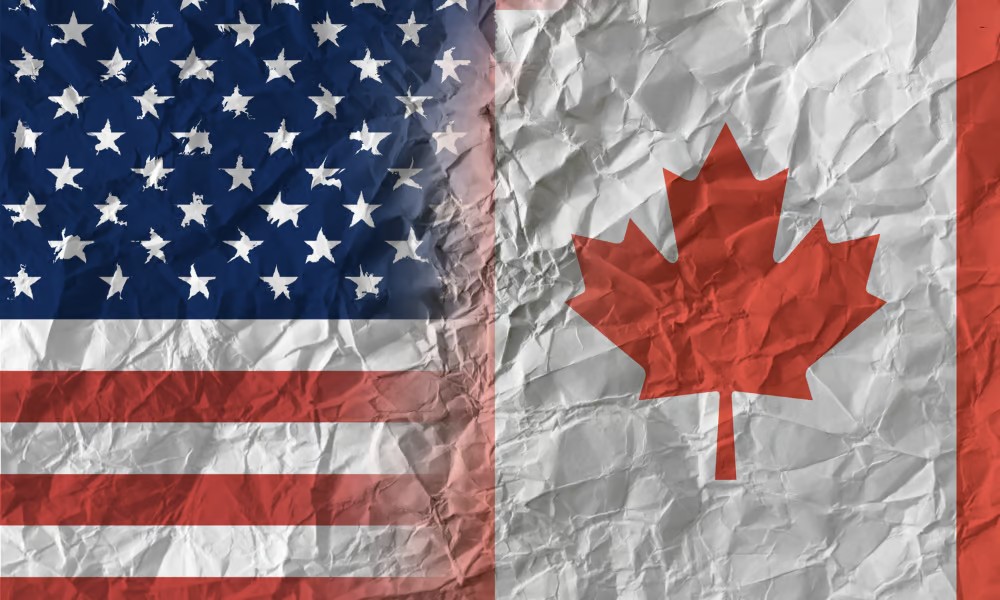Federal budget also proposes new recovery hiring program to help employers hire more workers as economy reopens

Ottawa is setting aside a huge chunk of its 2021 Budget to provide better wages, benefits and protections for Canadian workers.
“This budget is about finishing the fight against COVID. It’s about healing the economic wounds left by the COVID recession. And it’s about creating more jobs and prosperity for Canadians in the days – and decades – to come,” tweeted Christia Freeland, deputy prime minister and minister of finance.
The government plans to introduce legislation that will establish a minimum wage of $15 per hour, rising with inflation, for federally regulated workers. The legislation will also include provisions to ensure that where provincial or territorial minimum wages are higher, that wage will prevail.
This will directly benefit more than 26,000 workers who currently make less than $15 per hour in the federally regulated private sector, according to the government.
However, a recent report from the Fraser Institute suggested these increases can raise unemployment levels because employers often respond by laying off workers, reducing work hours or hiring less (or not at all).
"Workers across the country are living through a frightening third wave, and have not recovered from the economic destruction of the past year, so it's especially important that the federal government continues to support working families and good jobs in critical industries," says Jerry Dias, Unifor national president. "The only proven way to lead Canada out of the COVID-19 recession is through investments, and it's clear that Minister Freeland understands that reality."
CRB and CEWS
The government is also expanding the Canada Workers Benefit (CRB) to support about one million additional Canadians in low-wage jobs.
Introduced in 2020, the benefit initially provided $500 per week for up to 26 weeks to workers who have stopped working or had their employment/self-employment income reduced by at least 50 per cent due to COVID-19 and who are not eligible for employment insurance (EI).
Now, the government would raise the income level at which the benefit starts being reduced to $22,944 for single individuals without children and to $26,177 for families. Budget 2021 proposes to allow secondary earners in couples to exclude up to $14,000 of their working income when income-testing the CRB.
The government also wants to provide single, full-time, minimum wage workers an additional $1,000 in benefits under the CRB, and to allow them to continue to receive the benefit at up to $32,000 of net income in 2021. This would help lift nearly 100,000 people out of poverty.
The government proposes to provide up to 12 additional weeks of the CRB to a maximum of 50 weeks. The first four weeks will be paid at $500 per week, and the remaining eight weeks will be paid at $300 per week.
The government also wants to extend the Canada Emergency Wage Subsidy (CEWS) until Sept. 25, 2021, and to gradually decrease the subsidy rate, beginning July 4, 2021, to ensure an orderly phase-out of the program.
Many Canadian employers are taking advantage of the CEWS program – and finding it effective, according to an earlier survey.
Changes to EI
Budget 2021 also proposes an investment of $3.9 billion over three years, starting in 2021-22, for a suite of legislative changes to make EI more accessible. The changes would:
- maintain uniform access to EI benefits across all regions, including through a 420-hour entrance requirement for regular and special benefits, with a 14-week minimum entitlement for regular benefits, and a new common earnings threshold for fishing benefits
- support multiple job holders and those who switch jobs to improve their situation as the recovery firms up, by ensuring that all insurable hours and employment count towards a claimant's eligibility, as long as the last job separation is found to be valid
- allow claimants to start receiving EI benefits sooner by simplifying rules around the treatment of severance, vacation pay, and other monies paid on separation
- extend the temporary enhancements to the Work-Sharing program such as the possibility to establish longer work-sharing agreements and a streamlined application process, which will continue to help employers and workers avoid layoffs.
Other benefits
Other government projects for workers could include:
- A new Canada Recovery Hiring Program to help businesses hire more workers as the economy reopens. The program would be in place from June until November 2021, allowing firms to shift from the CEWS to this new support.
- Extending the Canada Recovery Caregiving Benefit an additional four weeks, to a maximum of 42 weeks, at $500 per week, in the event that caregiving options, particularly for those supporting children, are not sufficiently available in the interim as the economy begins to safely reopen
- Potential extensions of the CRB and its associated suite of sickness and caregiving benefits, as well as regular EI benefits until no later than November 20, 2021, should they be needed
"Extending the EI sickness benefit is a strong start and will have a major impact on the lives of those living with cancer," says Kelly Masotti, vice president of advocacy at the Canadian Cancer Society. "We commend the government for making this important investment so no one is forced to choose between a paycheque and cancer treatment."




